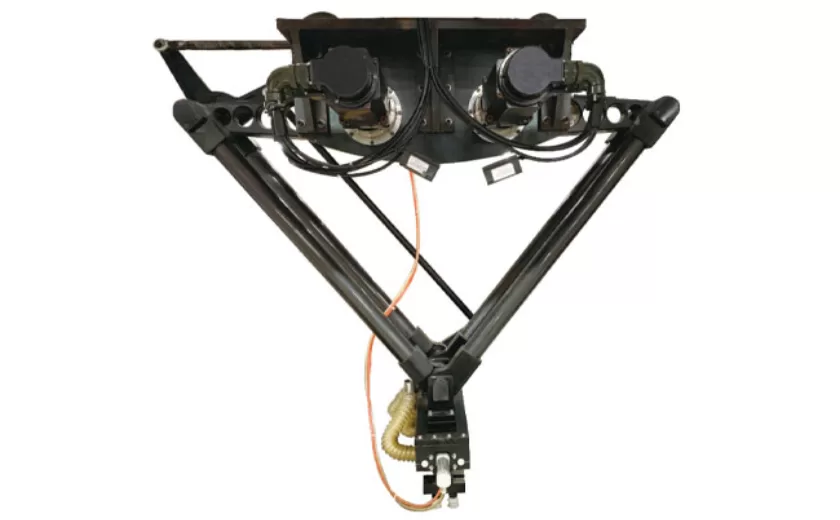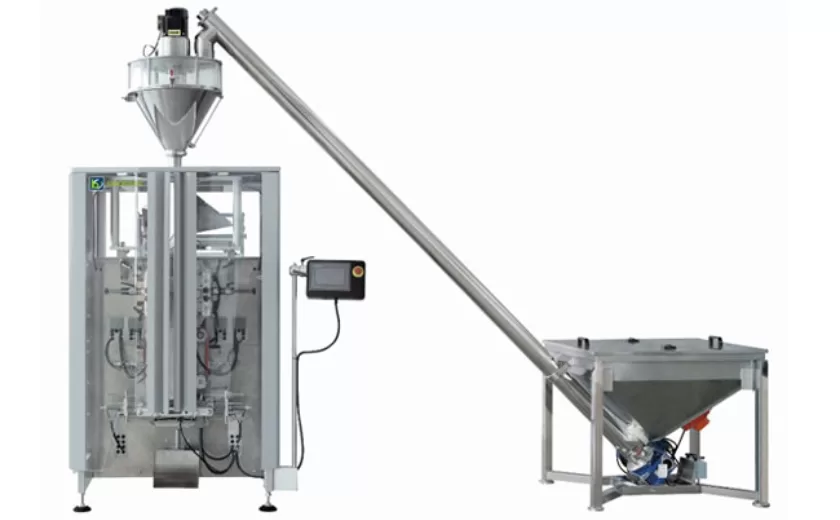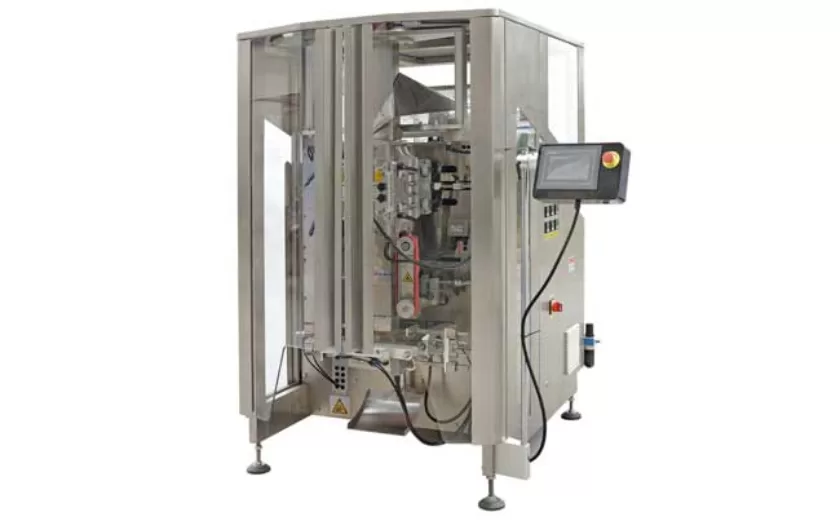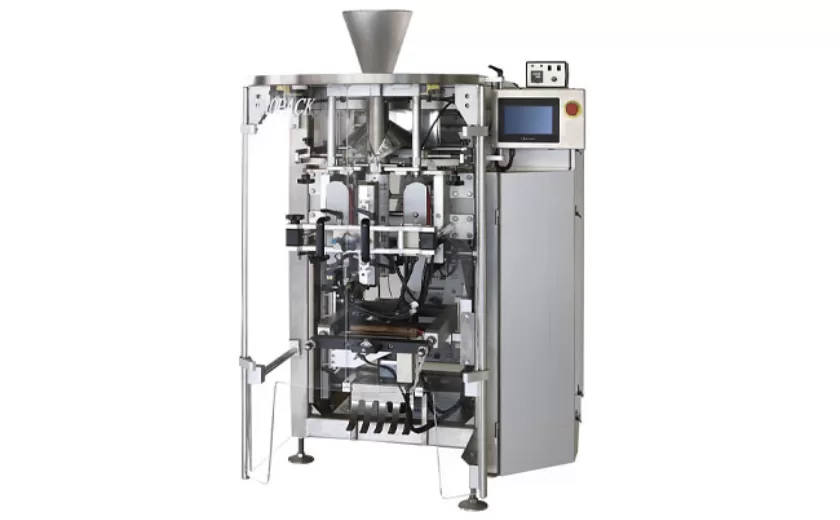Exploring Innovative Food Packaging Systems
Exploring Innovative Food Packaging Systems
Food packaging plays a crucial role in preserving the quality and safety of food products. In recent years, there has been a significant shift towards more sustainable and innovative food packaging systems that not only protect the food but also reduce environmental impact. Let’s delve into some of the latest trends and technologies shaping the future of food packaging.
Biodegradable Packaging
One of the most notable advancements in food packaging is the development of biodegradable materials. These materials break down naturally over time, reducing the amount of plastic waste that ends up in landfills and oceans. Biodegradable packaging can be made from a variety of sources, including plant-based materials like corn starch and sugarcane.
Active Packaging
Active packaging systems are designed to interact with the food product to extend its shelf life and freshness. These systems often include oxygen scavengers, moisture absorbers, and antimicrobial agents that help preserve the quality of the food. By actively maintaining the condition of the product, active packaging reduces food waste and ensures a longer shelf life.
Smart Packaging
Smart packaging incorporates technology to provide consumers with real-time information about the product. This can include indicators for freshness, temperature monitoring, and even interactive packaging that connects to a smartphone app. By offering transparency and convenience, smart packaging systems enhance the consumer experience and promote sustainability.
Recyclable Packaging
Recyclable packaging is another important trend in the food industry, aiming to reduce the environmental footprint of food packaging. By using materials that can be easily recycled, such as cardboard, paper, and certain types of plastics, companies are moving towards a more circular economy and minimizing waste.
Edible Packaging
Edible packaging takes sustainability to a whole new level by creating packaging that is safe to consume along with the food product. This innovative approach reduces packaging waste and provides a unique and enjoyable eating experience for consumers. Materials like edible films made from seaweed or rice paper are gaining popularity for their eco-friendly properties.
Conclusion
As the food industry continues to evolve, so too will the technologies and materials used in food packaging. By embracing innovation and sustainability, companies can not only meet consumer demands but also contribute to a healthier planet. The future of food packaging systems looks promising, with a focus on reducing waste, improving shelf life, and enhancing the overall food experience.
-
Advanced Packing Solutions: Snacks, Sugar, and Frozen Food Machines
29-10-2025 -
Efficient and Reliable Solutions for Salt, Nuts, and Frozen Dumplings Packing
29-10-2025 -
High-Performance Biscuits, Lollipop, and Ketchup Packing Machines for Modern Food Production
29-10-2025 -
Efficient Liquid Filling and Packing Machines for Modern Production
23-10-2025 -
Reliable Granule Packaging Machines for Efficient Production
23-10-2025 -
Efficient Auger Powder Filling Machines for Accurate Packaging
23-10-2025 -
High-Performance Liquid Filling and Packing Machines for Hygienic Production
10-10-2025 -
High-Efficiency Granule Packaging Machines for Precision and Speed
10-10-2025 -
High-Precision Auger Type Powder Filling Machines for Efficient Packaging
10-10-2025 -
Efficient Vertical Form Fill Seal Packaging Machines for Smart Production
10-10-2025











